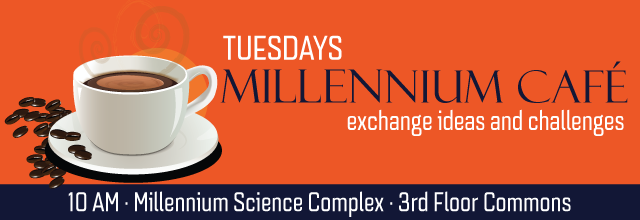
Penn State’s Applied Biological and Biosecurity Research Laboratory (ABRL) protects global health through a strong network of international partners. Together we perform critical research, assess risks, investigate threats, inform policy and work to build global capabilities for mitigating the threat of human and veterinary infectious disease emergence. Leveraging state-of-the-art interdisciplinary strategies, ABRL has ongoing programmatic engagements focusing on One Health security around the globe to create sustainable impacts. We involve regional country ministries and stakeholders as well as US government agencies, global foundations and philanthropic organizations. In the end, our mission is simple: improve global health and biosecurity. I will provide an overview of ABRL’s Vision, current global engagements and how faculty may engage with and contribute to ABRL’s global engagements.
Kay M. van der Horst | Applied Biological Research Laboratory
